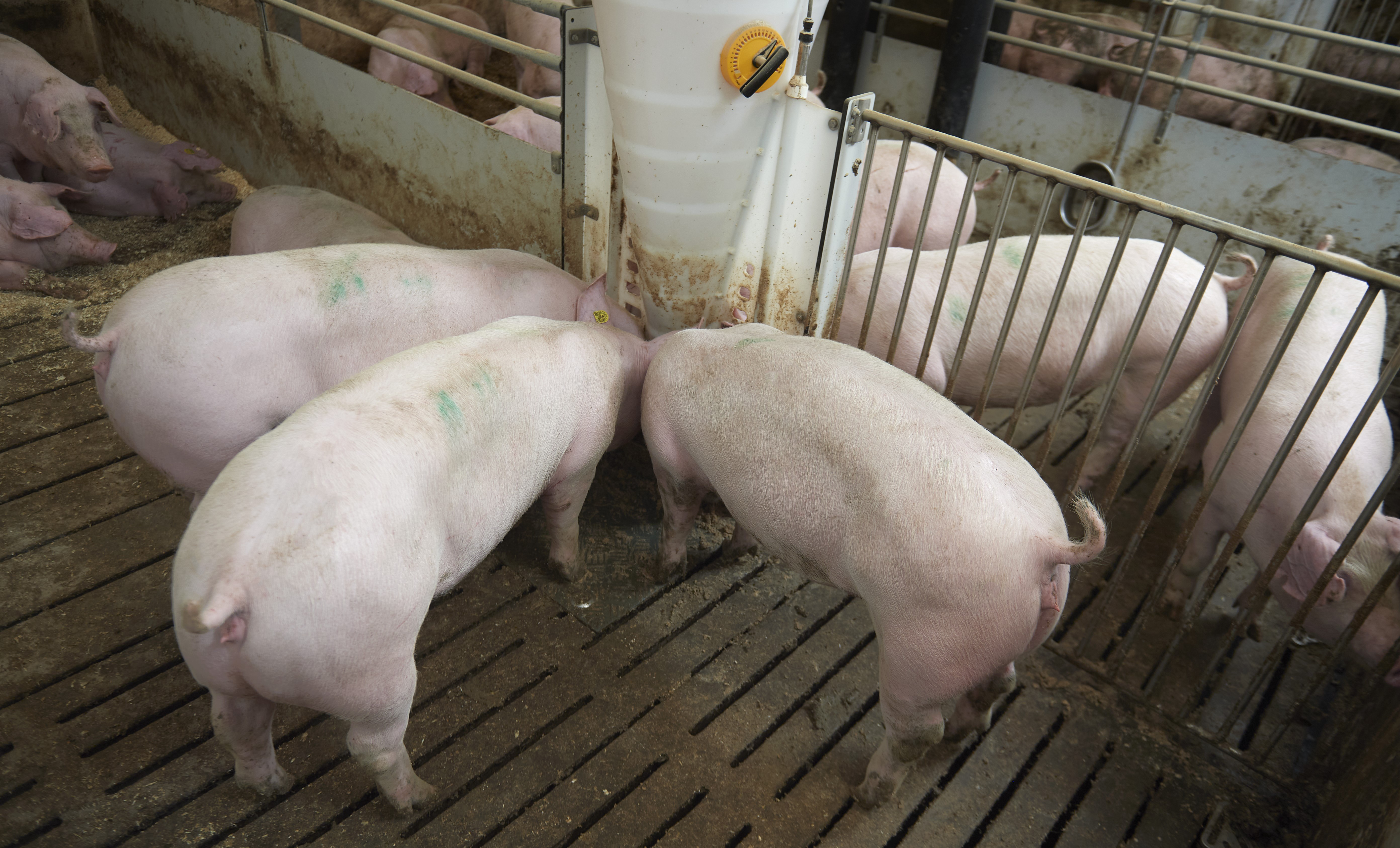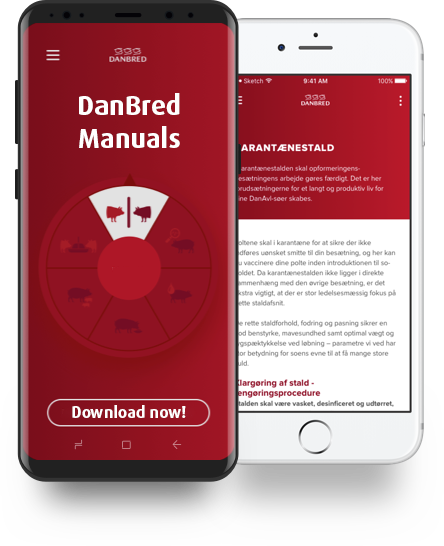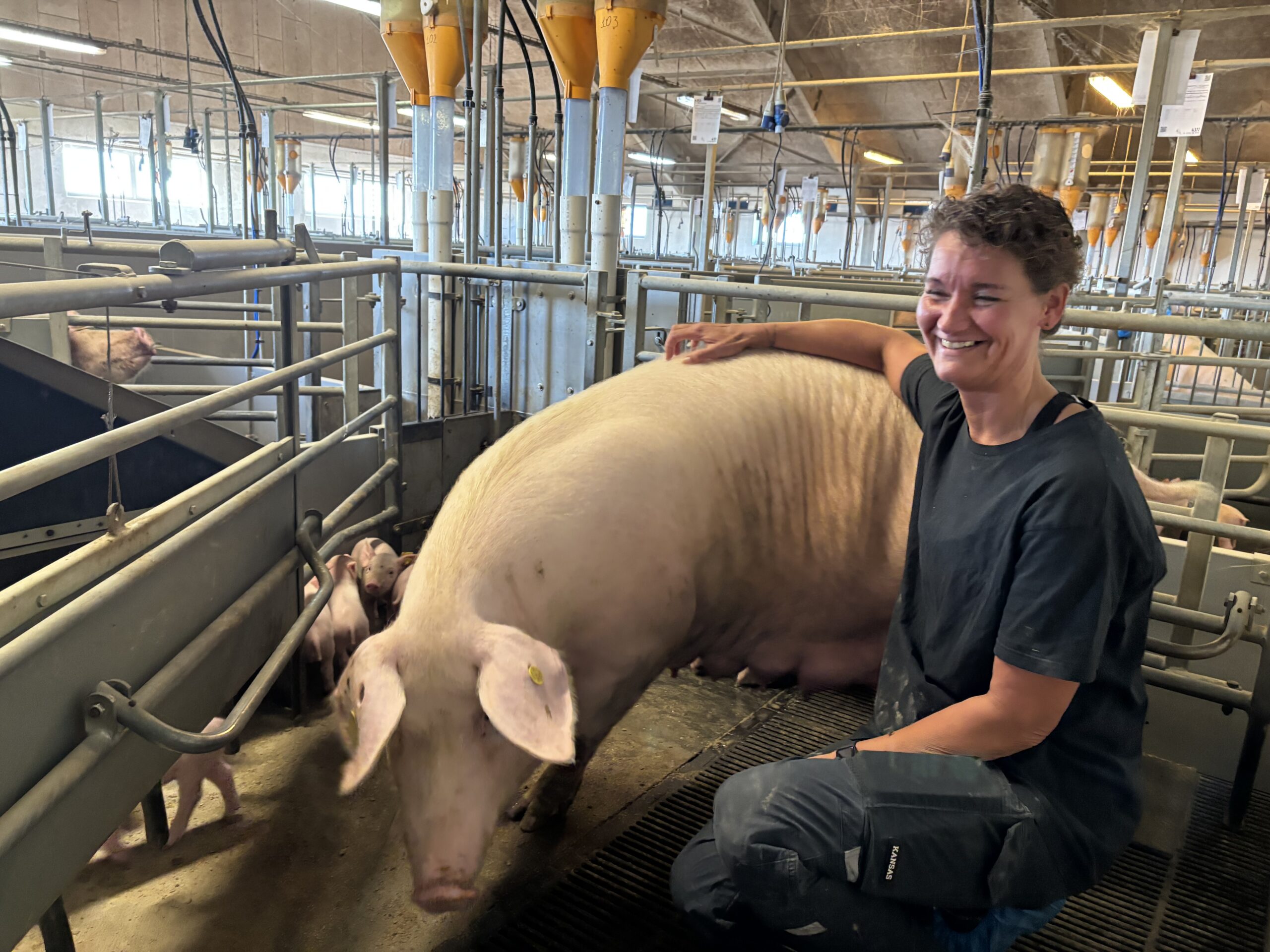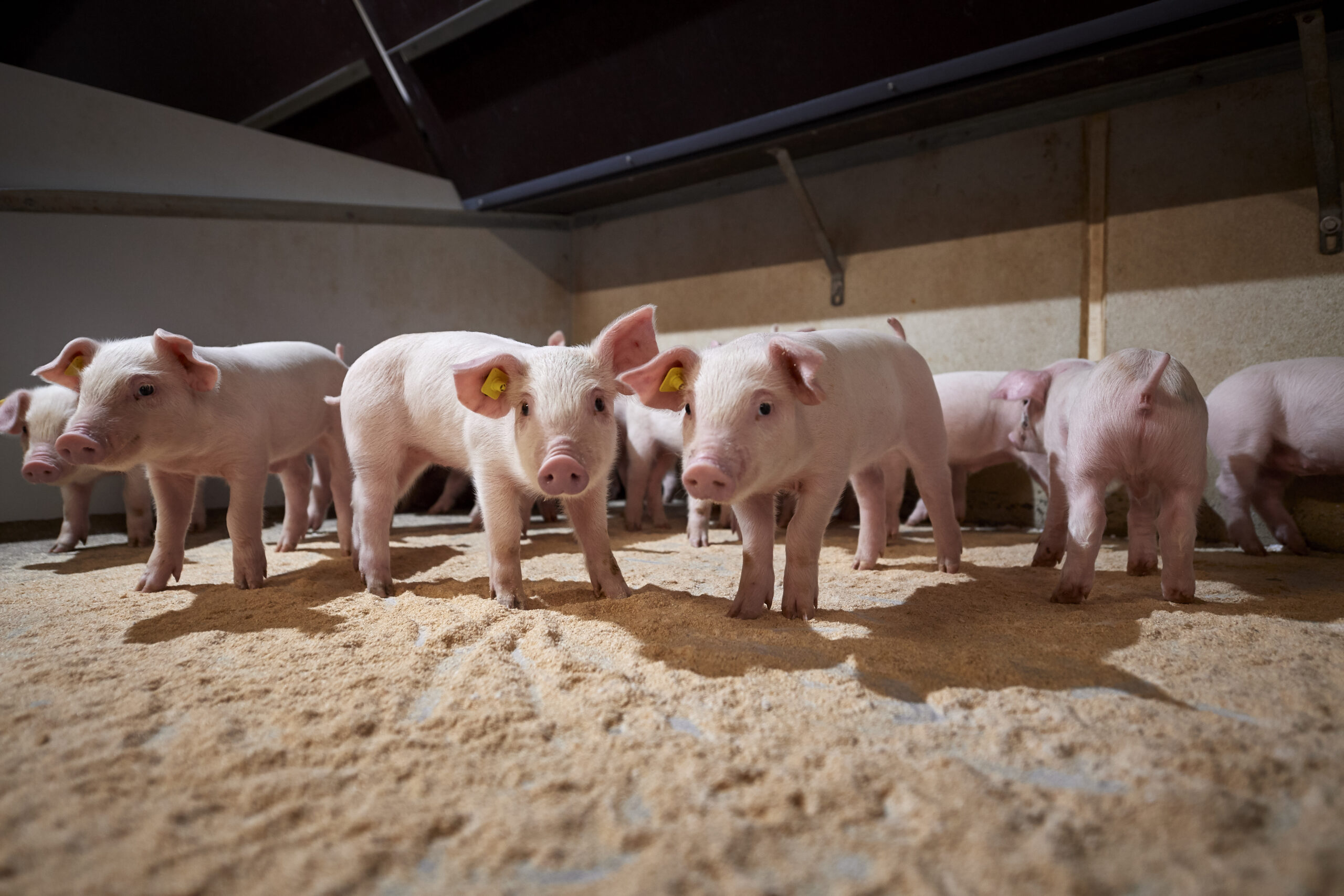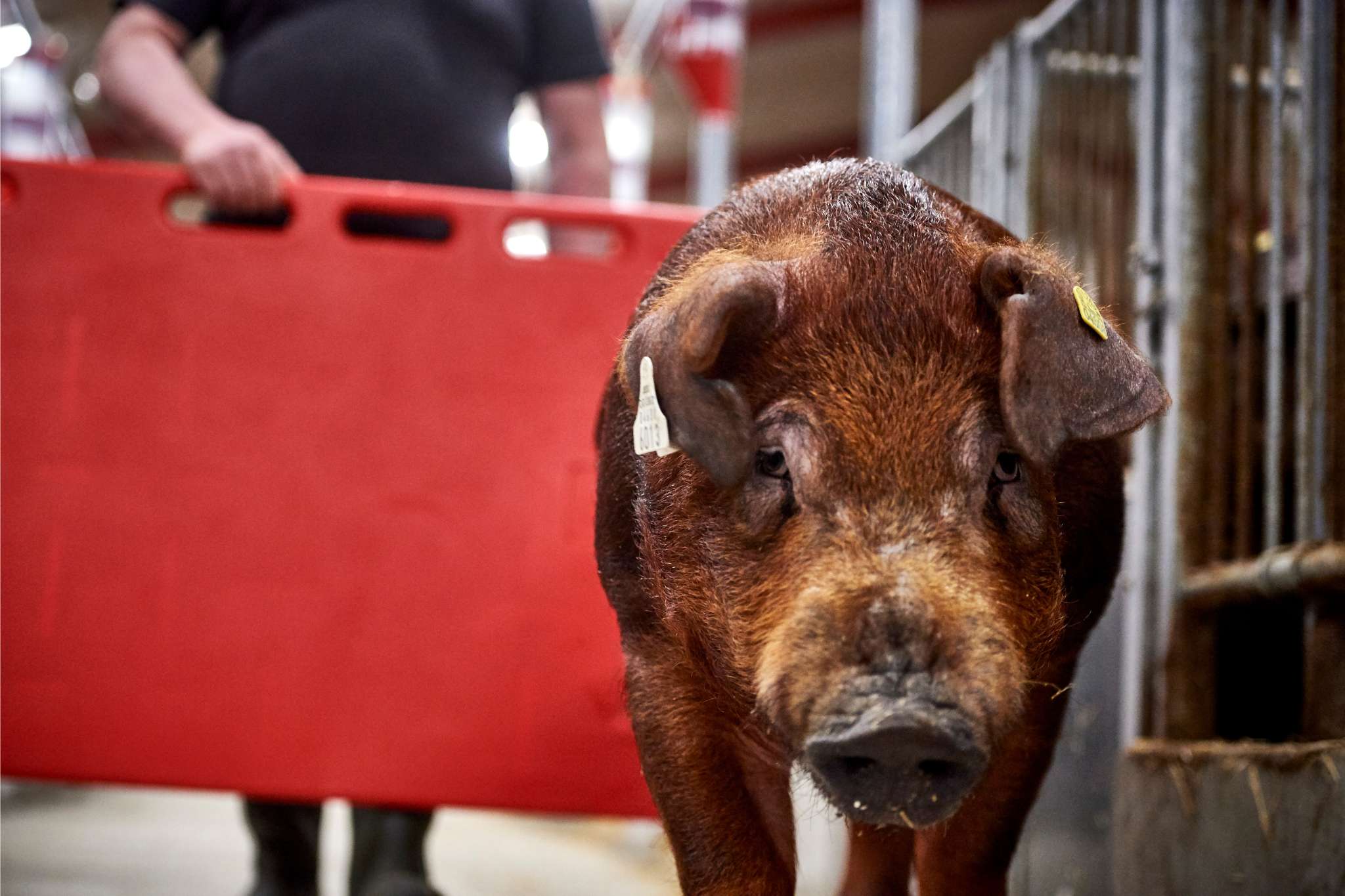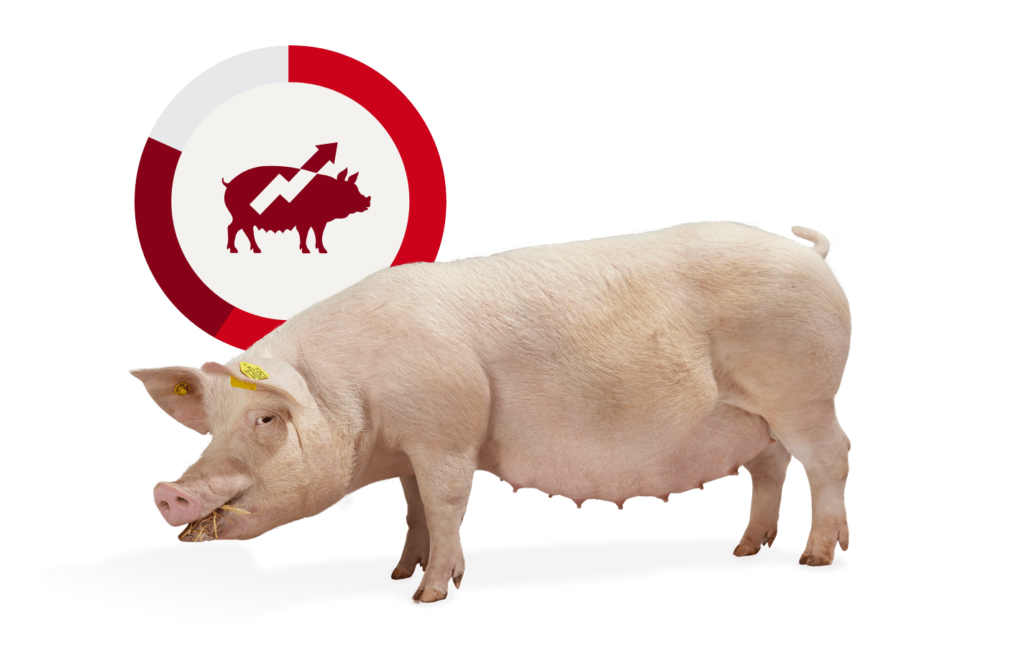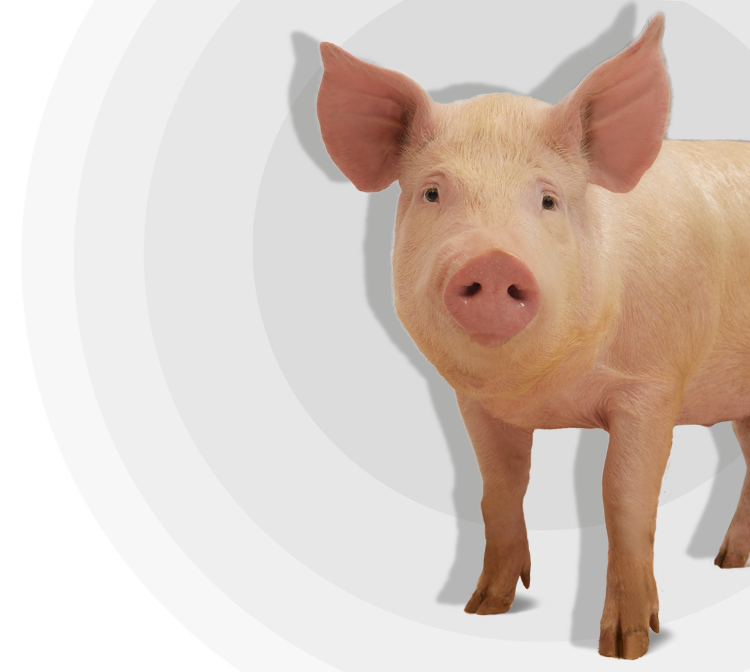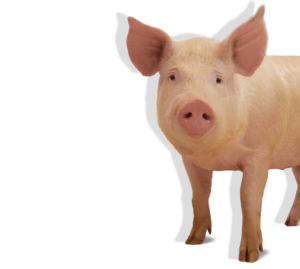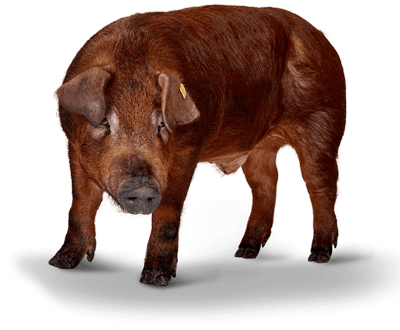A recent trial by SEGES Innovation showed that today’s DanBred pigs can handle a higher finishing feed strength without compromising meat percentage and feed utilisation considerably.
SEGES Innovation has previously recommended a finishing feed strength of max. 2.67-2.86 kg dry feed per day. However, in recent years, pig producers and advisors have frequently reported that the optimal finishing feed strength for DanBred pigs has increased.
This trial was conducted in a herd with DanBred finishers based on these promising results in practice feeding a higher finishing feed strength than previously recommended. Therefore, the trial was designed to investigate the effect of finishing feed strengths of 2.86, 3.05, 3.24, 3.43 or 3.62 kg dry feed per day on productivity and production value.
The pigs achieved a high productivity at all five finishing feed strengths (i.e., 2.86, 3.05, 3.24, 3.43 or 3.62 kg dry feed per day). The drop in meat percentage when feed strength increased was much smaller than in earlier trials. Meat percentage only decreased from 63.7 to 62.3 %, and daily gain increased with increasing finishing feed strength from 1,065 to 1,173 g/day. Feed utilisation was unchanged at 2.53 FUgp per kg gain when the results were corrected to the same weight interval (30-115 kg). This proves that you can feed DanBred finishers a higher finishing feed strength to get a higher daily growth without decreasing meat percentage or compromising great feed efficiency.
For the herd in this trial, a finishing feed strength of max. 3.24 kg dry feed per day resulted in the highest production value per pig. In general, this strength seems to be a good starting point for many herds. Production value per pen place per year was highest for max. 3.43 kg dry feed per day, differing significantly from max. 2.86 or 3.05 kg dry feed per day, but not from max. 3.24 and 3.62 kg dry feed per day.
Overall, the trial shows that it is possible to use the feed strength for finishers as a tool to find the right balance between slaughter weight and meat percentage.
Read the full report on the trial here.

